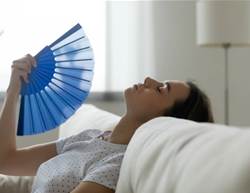It seems as if our lives revolve around our period. When you’re 13, it’s a big deal to get it. When you’re 23, you wish you didn’t have to deal with it. And when you’re 43, you start to wonder about what happens when it goes away. Heading toward menopause can mean hot flushes, weight gain and a higher risk of certain conditions such as heart disease, but it turns out your attitude toward “the change” can make a big difference in how you weather it.
“Women who know what to expect and have a positive outlook often have an easier time; a negative attitude can be a self-fulfilling prophecy,” says gynaecologist Dr Karen Deighan. “Being prepared gives you a sense of control, and having the facts puts your concerns in perspective. That may lead you to make healthier choices, which will help you feel better overall.”
Understanding what’s really going on in your body is essential. Technically, menopause is just one day - you hit it when you haven’t had a period in 12 months. For most women, this happens around age 51, says gynaecologist Dr JoAnn Pinkerton. What we’re really talking about when we say someone is “going through menopause” is perimenopause, a time of transition that usually starts in your mid-40s and lasts at least four to five years. That’s when your ovaries slow their production of oestrogen and other hormones, and ovulation becomes irregular, causing the symptoms you hear so much about.
One of the first signs: a change in your period. Your cycle may get shorter or longer, or bleeding may become heavier or last for more days. Eventually, you skip periods and experience hot flushes and other symptoms. After menopause, your oestrogen levels even out and remain low, your ovaries stop making progesterone and symptoms ease up. How frequent or severe those symptoms will be varies.
“Just as every pregnancy is different, every perimenopausal experience is different,” says Dr Pinkerton. “For some women, the transition is easy; for a small percentage, it’s fairly difficult,” she says. “You may have a harder time if you have a history of very heavy periods or bad cramping, PMS, anxiety or depression. Even so, you can find relief.”
We asked experts for their advice to help you take charge of the change.
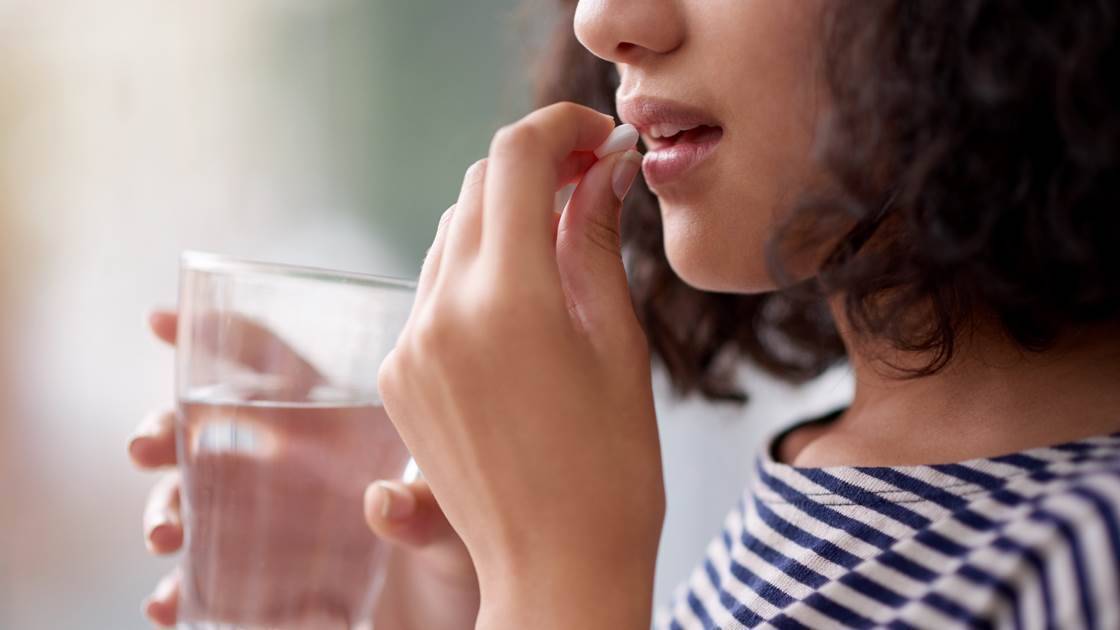
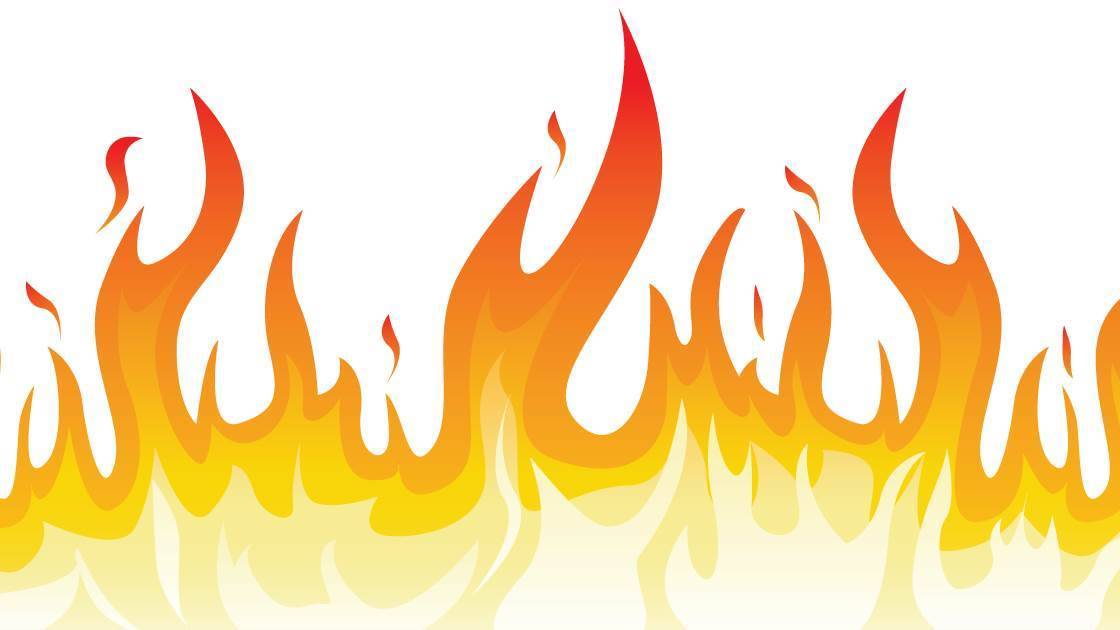

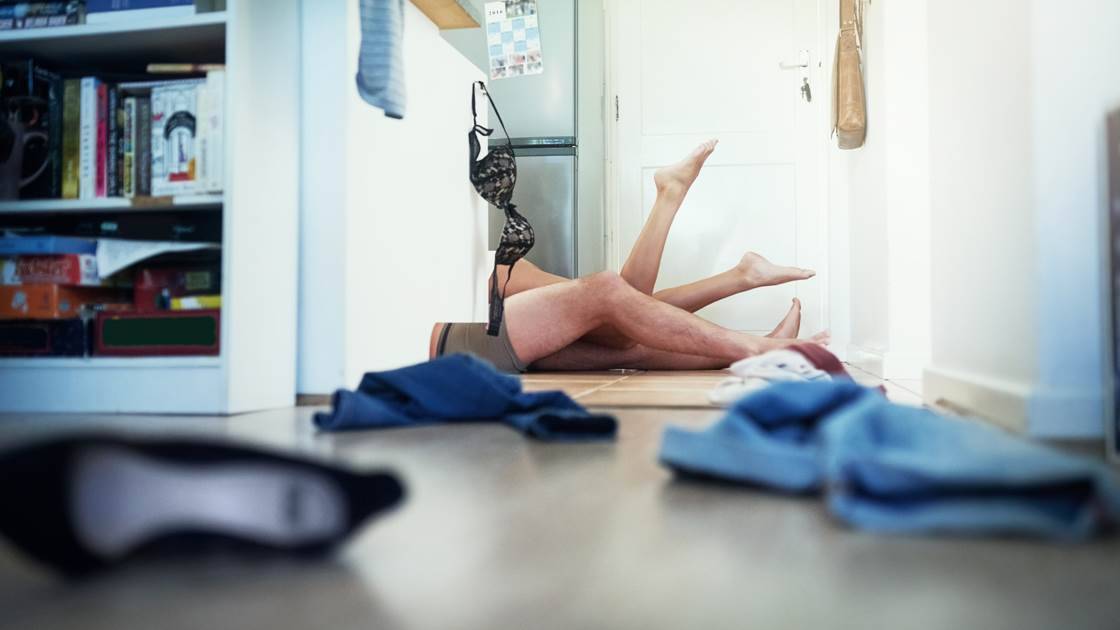
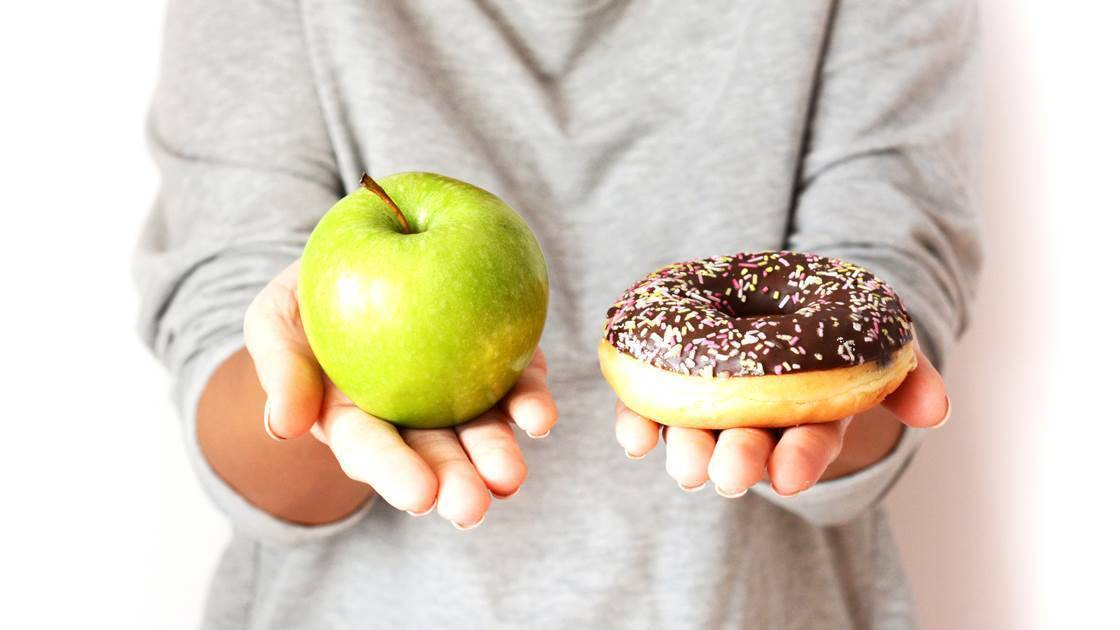

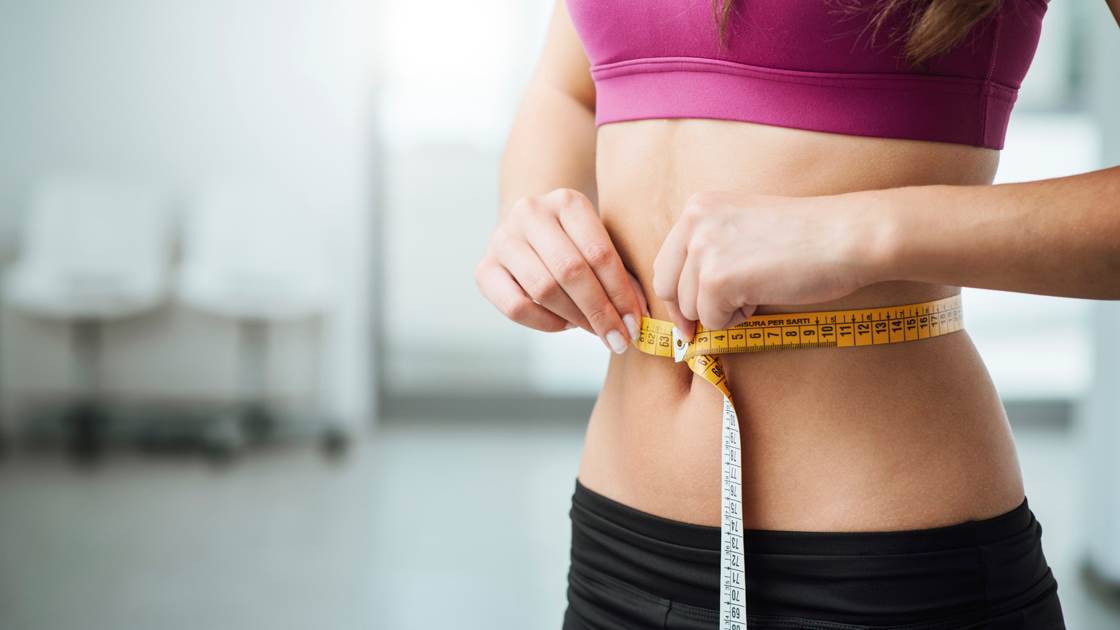
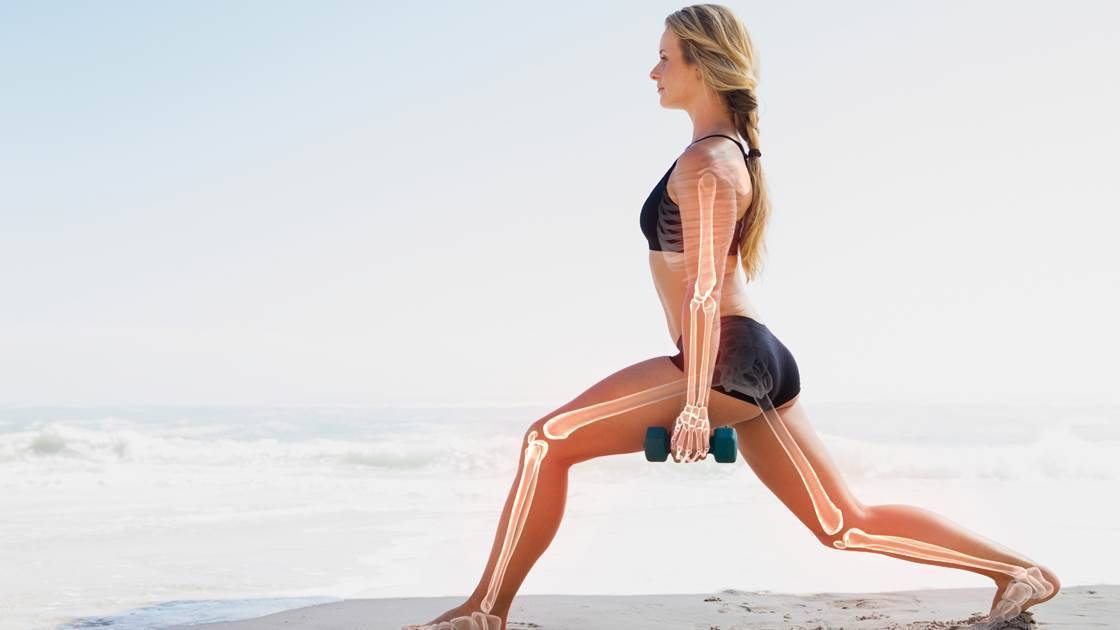
Consider taking birth control pills
As your hormone levels become erratic, foggy thinking and PMS-like mood swings can happen, and taking the birth control pill can help by evening out your hormones, says gynaecologist Dr Steven Goldstein. Doctors prefer the Pill to hormone therapy early in perimenopause because it substitutes your own hormones with a steady dose (unlike hormone therapy, which only adds hormones).
Another plus: The Pill helps with irregular periods and heavy bleeding. “As long as you don’t smoke and you don’t have high blood pressure, the Pill is safe - and it’ll lower your risk of ovarian and uterine cancer,” says Dr Goldstein. You should feel better in about two months; if not, discuss other factors like stress and depression with your doctor.
Eat mindfully to help with hot flushes
At least 75% of women going through menopause get hot flushes, but stats show that fewer than 20% of women are so bothered by them that they need treatment, says Dr Pinkerton. And, as annoying and uncomfortable as they are, hot flushes may be a good sign. A study of 60,000 women found that those who got them were 11% less likely to develop cardiovascular disease than those who didn’t. Still, when you’re sweating and red-faced, you want a solution—fast. The best place to start: lifestyle changes.
“Tofu and other soy foods contain natural plant oestrogens that may keep hot flushes in check,” says Dr Pinkerton. In fact, a study from the Journal of Women’s Health showed that women who ate soy nuts daily had 45% fewer hot flushes, and the episodes were less severe. On the other hand, spicy foods, alcohol (especially wine) and caffeine may trigger hot flushes, so try to avoid them. Yoga and other stress-reduction techniques are also effective.
One study found that women who did mindfulness techniques such as deep breathing daily were less bothered by hot flushes (even though they happened just as often). If those changes don’t help, consider hormone therapy (HT), formerly called hormone replacement therapy.
“I’ve also had success with gabapentin, a drug developed to treat epilepsy,” says Dr Goldstein. “It works just as well as HT and is safe. It’s a good choice when you can’t or don’t want to take hormones.”
Sleep smarter
“Research shows that a cool bedroom - between 17 and 22 degrees - improves sleep, and it has the bonus of minimising hot flushes,” says sleep expert Dr Grace Pien. Getting enough shut-eye can also help ease other menopausal symptoms including fatigue, forgetfulness, weight gain and moodiness. (Crisp and comfy sheets help too!)
Don’t discount your sex life
It’s not hormones that put the biggest dampener on your sex life during midlife, it’s how you feel about your partner, according to The Melbourne Women’s Midlife Health Project, a nine-year study of women ages 45 to 55. If you were happy with your sex life before perimenopause started, chances are that you’ll also be happy with it afterward, says gynaecologist Dr Nanette Santoro. The drop in oestrogen, however, can cause vaginal dryness. “It can make intercourse painful and - no surprise - make you averse to sex,” says Dr Santoro. If that happens, talk to your gynaecologist about trying an oestrogen vaginal cream, tablet or ring. Because you insert them directly into your vagina, less oestrogen enters your system than if you took it by mouth or via a patch. “Lubricants can also help, but they’re not nearly as effective,” says Dr Santoro.
Cut 100 calories a day
Weight gain tends to happen during perimenopause and menopause, but again, the change in hormones isn’t the only cause. Even if you’re eating and exercising exactly the same way at age 45 as you did at 35, you’re still getting more kilojoules than you need. That’s because your metabolism slows 4% to 5% per decade, which may sound like a lot, but it really just means that you need about 400kJ (100cal) a day. Cutting out one slice of bread, 30g of cheese, a glass of wine or ½ cup of ice cream will do the trick. Or you could burn it off by taking a 10- to 15-minute walk. Even better: Combine the two. A recent US study found that overweight women over 50 who cut kilojoules and walked, biked or used an elliptical trainer for 45 minutes five days a week were able to drop 9% to 11% of their weight in a year.
Pump some iron
Lifting weights builds muscle - and the more muscle you have, the more kJs you burn and the stronger your bones are, says Kathy Kaehler, a fitness expert. This protects against weight gain as well as heart disease and osteoporosis, which you’re at higher risk for after menopause. The weights have to be heavy enough for you to feel the burn (We like this set!). You’ll know you have the right amount when you can do two to three sets of 10 reps but the last three reps of every set are tough to finish. The effort is worth it: Researchers in the US found that a two month program of weight and cardio training led to a 4kg weight loss and 1.5kg muscle gain.
Stay on top of your heart stats
Exercise is key to protecting against heart disease as you approach menopause, but just as crucial is keeping tabs on your potential risk factors, including waist circumference (over 90cm ups your chances of developing heart disease), blood pressure and cholesterol levels, says cardiologist Dr Lori Daniels. Even if you’ve always had good cholesterol and blood pressure levels, these numbers can go up as you approach menopause, so you want to be sure to check them every year, says nuclear cardiologist Dr Jennifer Mieres. Also be sure to talk to your doctor about any new symptoms, including heart palpitations, sweating, nausea and shortness of breath. “Many menopausal symptoms are similar to those of heart disease, so you want to make sure you and your doctor know what’s going on,” says Dr Mieres.
Bone up
Women can lose about 20% of their bone mass after they’ve hit menopause, but if you’ve been getting enough calcium, exercising and not smoking, you’ve probably got plenty of bone to spare. Just don’t slack off on calcium and vitamin D now. Talk to your doctor about whether you should be exploring alternative ways to supplement your calcium intake, such as increasing it with food instead of pills. Aim for 1,000 mg of calcium a day. If you’re over 50, up your calcium to 1,200 mg. Exercise is also crucial, not only because it builds and maintains bone, but also because it keeps you strong. “Take two women with the exact same bone mass who trip on a curb,” says Dr Goldstein. “One is flexible, agile, mobile and strong, and the other is frail. The first woman will have the ability to catch herself, while the other will likely fall and maybe break a bone.”








